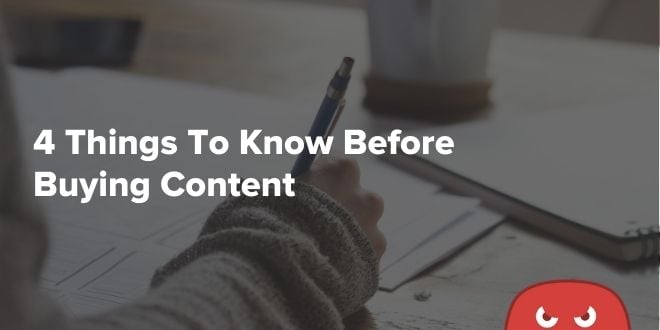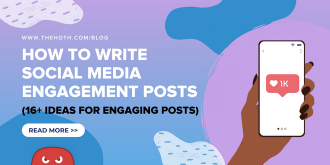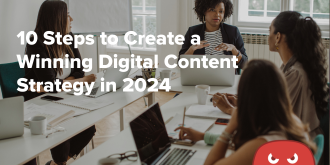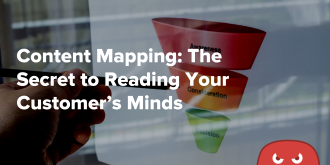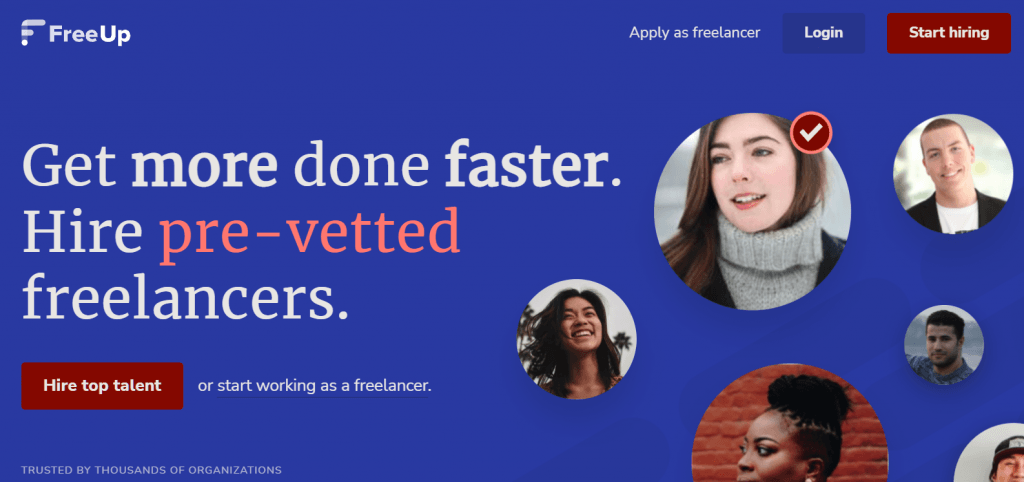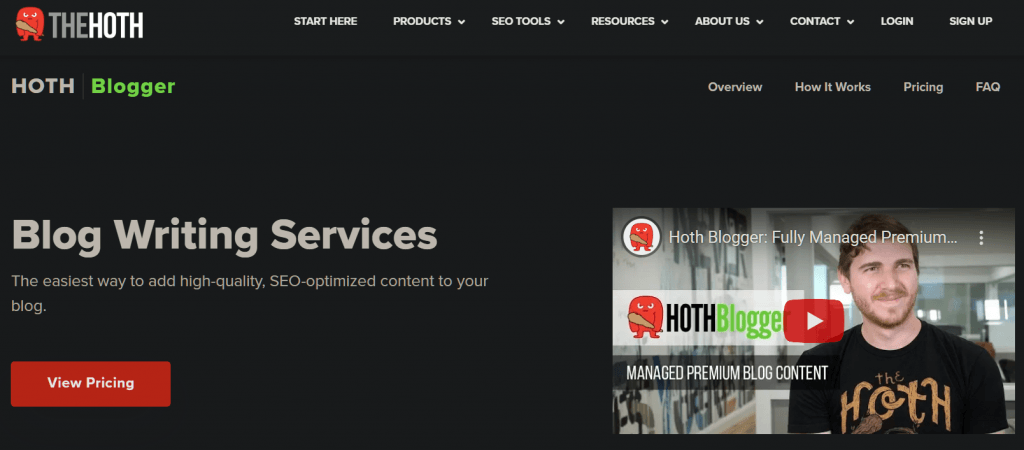Quick Links
The good news is that can buy content for your website as long as you understand what you’re getting.
Since only around 24% of small businesses are outsourcing, buying content will put you ahead of the game.
Below you can find the answers to what you should know before buying content, what the benefits are, and everything else you need to know about outsourcing.
Ready to succeed? Let’s jump in!
Is Buying Content Worth It?
The short answer is yes. Effective content helps you attract new customers, build trust with your target audience, boost your authority with Google, and improve your overall search engine optimization. In fact, the number one reason for outsourcing is cost reduction.
Additionally, Gartner suggests that the number of companies outsourcing essential tasks in 2022 and beyond will increase significantly. Around 85% of logistics leaders were already expecting their outsourcing to increase.
The biggest benefit of outsourcing is being able to focus more of your time on your business. In fact, a Deloitte survey suggests that 57% of businesses use outsourcing for this reason.
Now that you know the benefits, here are a few factors to consider before outsourcing:
- Cost
- Resources
- Ability to meet deadlines
- Minimal supervision
- Trust
- Agreement
- Communication
What is the Best Way to Buy Content?
There are two main options businesses have when buying content:
Hire freelancers from a content marketplace
A content marketplace connects individuals that need content-article writers that can meet those needs. This includes freelance marketplaces like FreeUp that pre-vet their freelancers to make sure you have the best experience possible.
FreeUp also offers you the opportunity to compare multiple freelancers at the same time. That way you can make an informed decision.
Agencies can help you as well. Think of them as the opposite side of the spectrum to freelancers. They can be more expensive, but can typically guarantee the work.
Outsource to a content writing agency
Content writing agencies usually have a team of writers on staff who can handle your content writing needs.
Our content writing service, HOTH Blogger, was created to help clients develop great content.
The HOTH goes through a very strict hiring process for writers. We only take the top 1% of all writers who apply and then put them through a rigorous training program. What you’re getting is the best of the best.
And because we’re an SEO-focused business, we take all the work out of your hands. We handle the research and make optimized content for your business.
How Much Content Do I Need and How Long Should It Be?
The truth is every business has different needs and questions that need to be answered.
Whatever you decide for content, the most important thing is consistency.
Aiming for once a week is great but you never want to leave things hanging for longer than a month.
Blogging 3-4 times a week is usually considered a sweet spot. However, blog posting once per day is a good maximum.
Most websites begin to experience decreasing marginal returns after 30 posts per month.
And, without good blog scheduling, you may even create keyword cannibalization issues if done incorrectly.
Another question that often gets brought up, is how many questions a piece of content should answer.
Here is a basic formula for questions you need to answer for your customers:
Number of personas x number of buying stages x number of questions in each stage = the number of questions your content should answer
Here are two different types of content:
- Long-form content
- Short-form content
Long-form content usually describes written content that is between 1,000 and 7,500 words. You may want to read long-form content to get a deep understanding of a complex topic. The main purpose of long-form content is to provide valuable information to the reader.
Short-form content is typically a written copy that is 1,000 words or less. Content like this is usually posted on social media platforms, some blog posts, event posts, and emails can also be considered good examples of short-form content.
Choose whatever form you think is best for your niche, but one thing we can guarantee is that having more quality blog posts on your website will go a long way for your business.
Best Practices for Outsourcing Content Creation
Outsourcing SEO services and other various content marketing strategies like content creation aren’t uncommon among small marketing teams. When you only have so many team members, you have to prioritize strategies and look to outsourcing for any remaining tasks.
With that said, here are a few questions to ask yourself before buying content:
- Would you be comfortable outsourcing a remote worker with little oversight?
- How does outsourcing fit into your content strategy?
- Is the outsourcer you’ve found qualified to help you?
- Are you targeting the right phase of the sales funnel or buyer’s journey?
Once you have answered these questions, you need to figure out what you actually need from outsourcing.
Here are some great practices for outsourcing content:
- Consider your budget
- Create a content brief
- Create a style guide
- Start small
Here are a few steps to help you figure out your content needs:
- Use your Analytics
- Perform an SEO audit
- Ask your audience what content they want to see
- Learn from your competitors
- Use a keyword research tool
- Create marketing personas
- Follow social trends
If you’re having trouble finding keywords to base your content creation on, you can always use our free Google ranking tool to measure traffic before and after you post new content.
62% of respondents in a case study by BCG said they plan on renegotiating their outsourcing contracts. So, as a business owner, you need to have a process for vetting and negotiating a new writer.
Let’s Wrap it Up!
The bottom line is, your business should consider outsourcing your content. It’s affordable, effective, and will free up your time to expand your operation.
There are a couple of things to remember about content. You have to do it consistently. Articles need to be the right length. And the purpose of the content is to drive traffic to your site.
This is the reason why HOTHBlogger is so popular. It’s client-friendly and it works.
Do you want to know more about your options for buying blog content at The HOTH? We can take a look at your site, discuss your goals, and map out a plan to take you where you want to go.
Simply book a call with us to get started! Also, don’t forget about all of our free SEO tools and resources!



